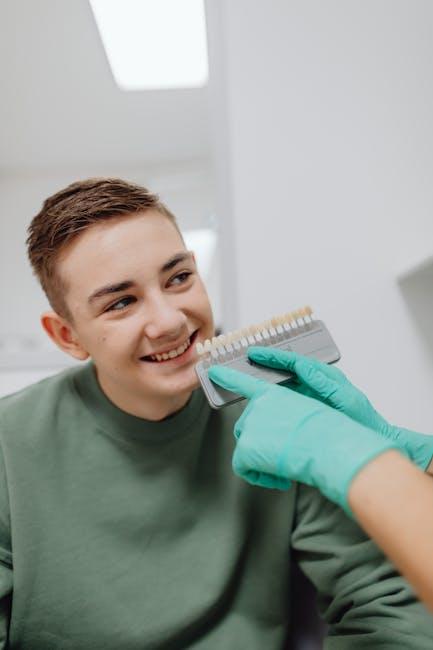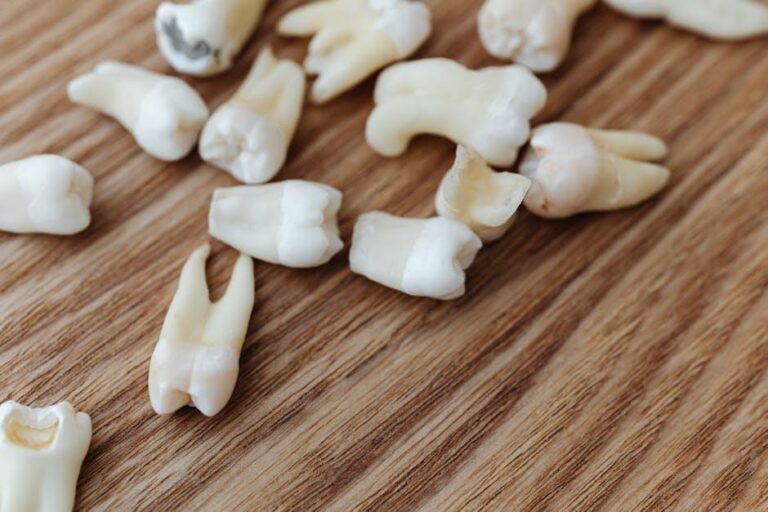
Teen Dental Caries and Screen Time: A Growing Concern for Today’s Dental Practice
By Dental Economics
Introduction
In today’s digital age, teenagers are more connected than ever, spending a significant amount of time on smartphones, tablets, and computers. While technology offers numerous benefits, dental professionals are observing rising rates of teen dental caries linked to increased screen time. This alarming trend poses new challenges in preventive dentistry and highlights the critical role dental practitioners must play in educating youth and parents alike. In this article, we delve into the links between screen time and oral health deterioration among teens, analyze underlying causes, and provide practical tips for dental practices to address this emerging issue.
The Link Between Teen Dental Caries and Screen Time
Dental caries, commonly known as cavities, remain one of the most prevalent chronic conditions among adolescents worldwide. Recent studies establish a concerning correlation between extended screen time and the prevalence of tooth decay in teenagers. The reasons are multifactorial but largely centered around behavioral changes triggered by increased digital engagement:
- Irregular eating habits: Teens tend to snack more on sugary and sticky foods while engaged with screens, which accelerates plaque formation and acid attacks on enamel.
- Reduced salivary flow: Prolonged screen usage often coincides with mouth breathing and dehydration, lowering saliva production which is vital for neutralizing cavity-causing acids.
- Neglected oral hygiene: Busy social or gaming schedules sometimes lead to missed brushing or flossing routines.
- Increased consumption of sugary drinks: Sodas, energy drinks, and juices are commonly consumed during screen time, exposing teeth to continuous sugar and acidity.
Understanding these behaviors is crucial for dental professionals aiming to implement targeted preventive strategies effectively.
Why This Matters to Dental Practices
The rise in dental caries among teenagers directly impacts dental practices by increasing the demand for restorative treatments, emergency care, and oral health education services. Additionally:
- Early dental decay can lead to complicated treatments that are costly and time-consuming.
- Untreated caries increases the risk of periodontal disease and other oral infections.
- Adolescents with poor oral health often experience lower self-esteem and social challenges.
- Dental practices that address screen time effects proactively can build stronger patient rapport and improve long-term health outcomes.
Case Study: Monitoring Screen Time and Caries Development in Teens
A mid-sized pediatric dental clinic conducted a one-year observational study with 100 adolescent patients aged 13 to 17. The clinic recorded participants’ average daily screen time and diagnosed caries progression every three months:
| Screen Time Per Day | Number of New Carious Lesions | Reported Snacking Frequency |
|---|---|---|
| Less than 2 hours | 1.2 | Low (1-2/day) |
| 2 to 4 hours | 2.8 | Moderate (3-4/day) |
| More than 4 hours | 4.7 | High (5+ /day) |
The study highlighted a clear trend: teens with over 4 hours of daily screen time experienced nearly 4 times the caries progression compared to those with less than 2 hours—a compelling eye-opener for incorporating lifestyle factors into dental risk assessments.
Benefits of Addressing Screen Time in Dental Practice
Tackling screen time habits as part of oral health promotion can:
- Help reduce teen dental caries rates significantly.
- Empower teens and parents with knowledge to make healthier choices.
- Improve overall patient satisfaction and engagement.
- Position the dental practice as a holistic health partner rather than just a treatment center.
Practical Tips for Dental Professionals
Dental practices can adopt the following strategies to integrate screen time awareness into their teen patient care:
- Include screen time questions during health history intake to identify risk levels.
- Educate patients and parents on the impact of sugary snacks and beverages during screen time on dental health.
- Recommend limiting screen time especially around mealtimes to reduce mindless snacking.
- Create personalized oral hygiene plans focusing on consistency, particularly after prolonged screen use.
- Advocate for regular fluoride treatments and sealants to protect at-risk teeth.
- Distribute easy-to-understand educational materials linking oral hygiene and lifestyle habits.
- Encourage hydration with water instead of sugary drinks to help maintain saliva flow.
Firsthand Experience: Insights from Dr. Emily Santos, Pediatric Dentist
“I’ve observed a steep rise in cavities among teenagers over the past five years, and screen time always appears as a contributing factor during consultations. Many teens snack unconsciously during their gaming or social media sessions, consuming foods high in sugar and starch. By discussing their screen habits and providing simple changes like scheduled breaks for brushing or substituting chips with healthier snacks, we’ve seen positive improvements in oral hygiene and fewer cavities during follow-ups.”
Conclusion
The intersection of teen dental caries and screen time is an emerging concern requiring the attention of today’s dental practices. As digital devices increasingly shape adolescent lifestyles, dental professionals are uniquely positioned to intervene and mitigate cavity risks through education, tailored prevention, and behavioral encouragement. Incorporating screen time evaluations into clinical protocols not only enhances risk management but fosters healthier habits that will benefit teens well beyond their teenage years. To combat the growing trend of caries associated with screen time, dental practitioners must adapt, innovating their preventive approaches and engaging young patients in meaningful conversations about lifestyle choices affecting their oral health.
Embrace this opportunity to lead the charge in improving teen oral health in a digital age.


